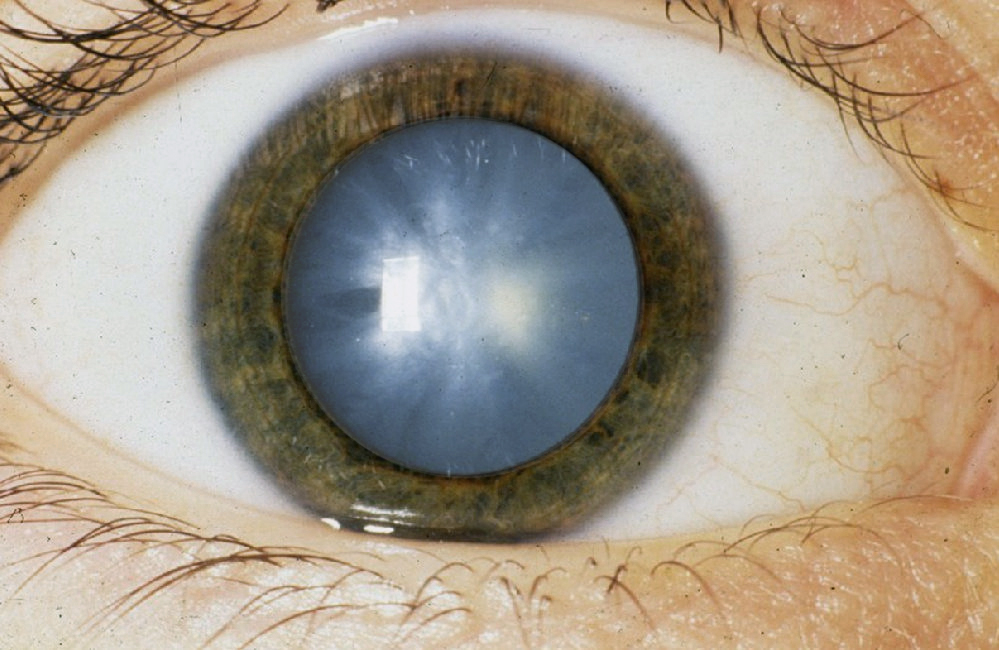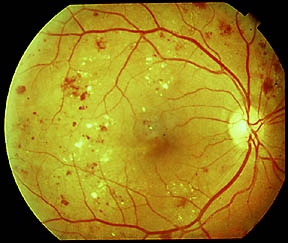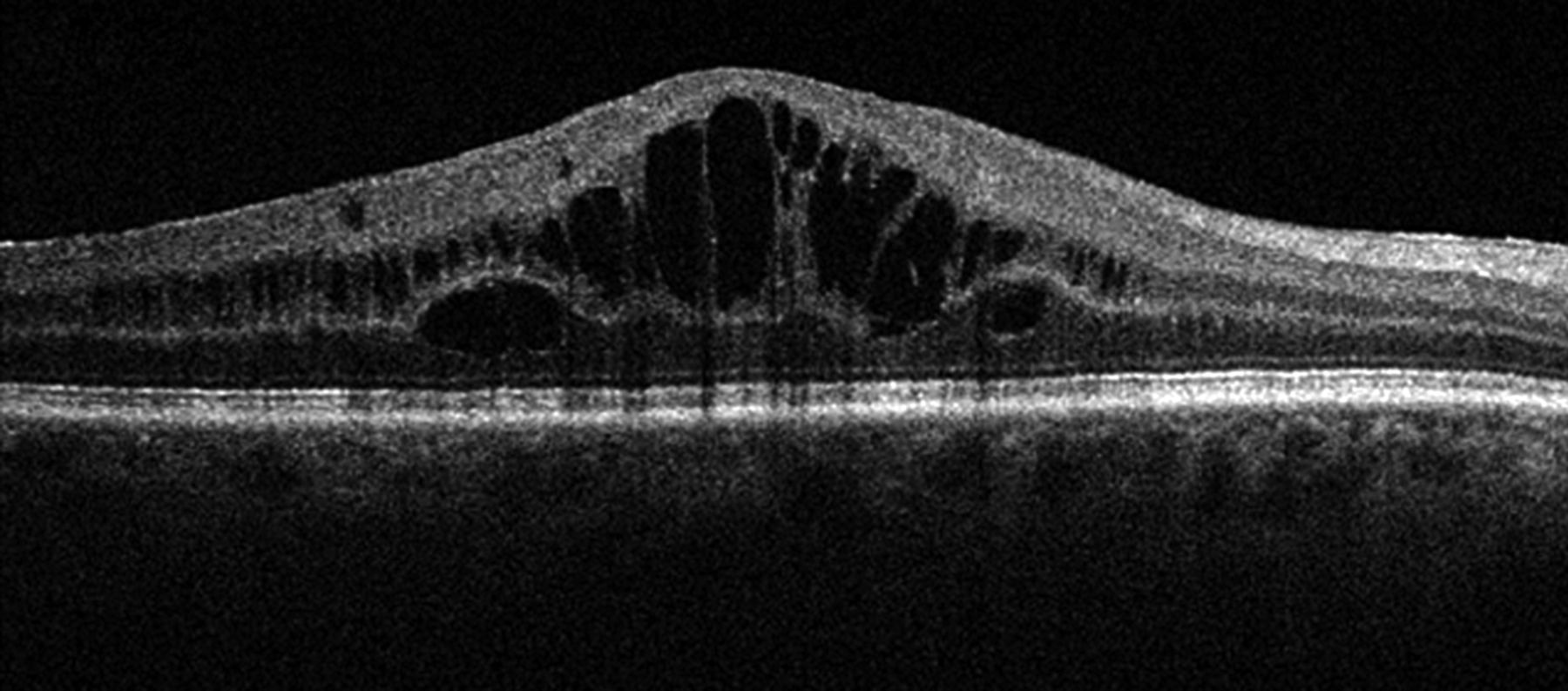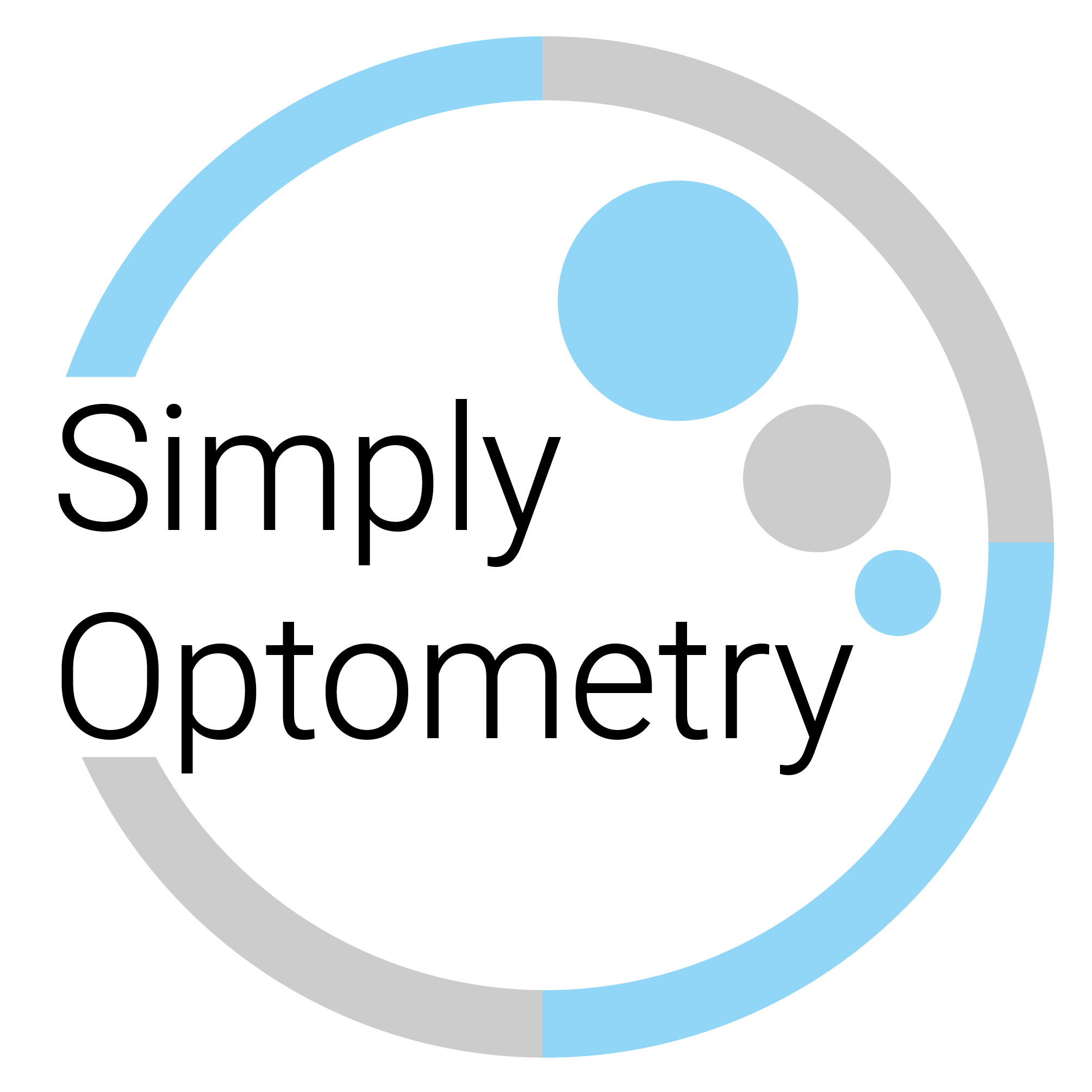DIABETIC EYE DISEASE
Diabetic eye disease is a leading cause of preventable vision loss and blindness worldwide, including the United States, and all diabetics are at risk for developing them. There are many eye and vision problems considered to be diabetic eye disease, many of which cause no symptoms until they cause permanent damage. Because of this, all diabetics are recommended to have a dilated eye exam at least yearly to detect any early diabetic changes in their eyes. With our OCT technology that helps to detect microscopic changes in the eyes, our doctors at Simply Optometry are especially equipped for early detection and prevention of diabetic eye disease. In some cases, it is possible tell that a patient is diabetic before they are diagnosed by their primary care doctor!
WHAT IS DIABETIC EYE DISEASE?
Diabetic eye disease presents itself in many different ways. The most common early-stage complication is diabetic retinopathy, which occurs when the blood vessels inside the eye become leaky. The retina, which is the part of the eye that detects light, similarly to how film is to a camera, can be damaged by this leakage and may eventually lead to permanent vision loss if left untreated. This leakage of fluid may also result in swelling of the retina, and, when this occurs in the macula, central and most important area of the retina, it results in a condition known as macular edema, which is the most common cause of blindness due to diabetic eye disease. Chronic leakage will also lead to the development of new blood vessels, which are weak and abnormal. This development often leads to additional bleeding and other complications such as retinal detachments or glaucoma.
In addition to diabetic eye disease itself, patients who have diabetes are also much more likely to develop other eye conditions such as cataracts and glaucoma.
DIABETIC EYE DISEASE PREVENTION AND CARE
As with most diabetic complications, maintaining good control of blood sugar levels is the most important way to prevent diabetes from affecting your eyes. It is important to keep a regular schedule of follow-ups with your primary care physician as well as remaining compliant with any and all medications prescribed. Good diet and exercise are essential in controlling diabetes.
In the early stages, diabetic eye complications are undetectable to the patient and can only be diagnosed by an eye care professional. At Simply Optometry, our diabetic eye exams include dilated eye exams, retinal photography, and OCT, which allow us to detect and monitor diabetic changes inside your eyes. It is considered standard of care for all diabetics to be dilated annually, which ensures that our doctors get a full, unobstructed view of the inside of your eyes. In addition, our digital retinal photography and OCT scans allow us to document and detect microscopic abnormalities in the eyes. These techniques also allow us to document the appearance of our patient's eyes for future reference and comparison.
Early detection and consistent monitoring are keys for then prevention of advanced diabetic eye disease, so it is important to have routine appointments as recommended by our doctors. For individuals with mild diabetic eye disease, a yearly eye examination with dilation is typically sufficient. Patients may be recommended to have more frequent visits if significant diabetic problems are detected or if the patient is at high risk for progression. In some advanced cases, intervention by an ophthalmologist may be necessary. These treatments will be recommended by our doctors as needed and will be performed by a local specialist.
Living with diabetes is manageable, but takes a team effort to effectively do so. When you see us for an exam, we become a part of your health care team. We will communicate all of our findings with your primary care doctor so that we can coordinate your care and help you to maintain your good health.



HOW DO I GET EVALUATED FOR DIABETIC EYE DISEASE?
We screen all of our patients at Simply Optometry for diabetic complications during our comprehensive eye examinations. A dilated eye exam is preferred for all of our patients, which allows us to determine the health status of the inside of their eyes. Sometimes we are able to determine a patient has diabetes just from an eye exam, before he or she is diagnosed by a primary care physician.
For patients that have already been diagnosed with diabetes, it is standard of care for us to dilate all of these patients, and we also recommend retinal photos and OCT scans for them. As with all types of preventative care, early diagnosis and management is key, and we can help our patients make sure that diabetic eye disease never becomes a problem for them.
Ready to have an exam? Give us a call, or you can schedule online.
